OOPS! You forgot to upload swfobject.js ! You must upload this file for your form to work.
At CES 2016 Intel has paid attention to drones, robots and wearable electronics
![]()
|
xtreview is your : Video card - cpu - memory - Hard drive - power supply unit source |
|
|||
|
|
||||
 Recommended : Free unlimited image hosting with image editor
Recommended : Free unlimited image hosting with image editor
|
POSTER: computer news || AT CES 2016 INTEL HAS PAID ATTENTION TO DRONES, ROBOTS AND WEARABLE ELECTRONICS |
DATE:2016-01-07 |
|
|
The first thing we noticed in CES 2016 - augmented reality helmet Daqri. The device combines a processor Core M and the camera RealSense, the ability to capture the depth of the scene; this special software allows to overlay on the real-world objects more information: charts, markers, reflecting the order of assembly of product parts, and more. The helmet is designed for use in industry, and Intel calls it the most powerful device in the world of augmented reality. 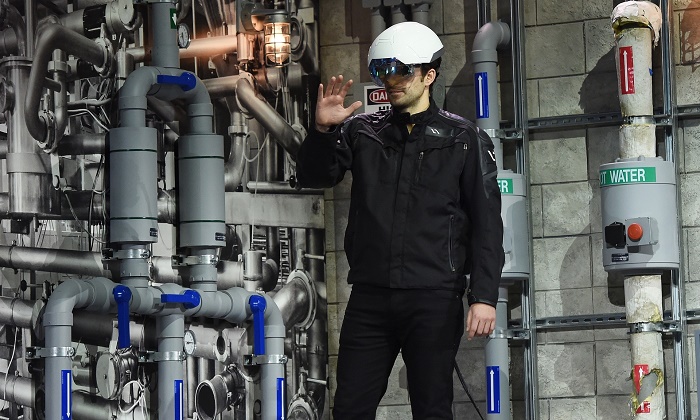 Interestingly, the helmet has been tested employees aerospace, construction, oil and gas industry, and in the first quarter of this year will begin selling the device. Another application of the technology found RealSense unmanned aircraft called YuneecTyphoon H. Despite the relatively modest size, the drone is equipped with retractable landing gear and all-sky cameras with a resolution of 4K, capable of transmitting real-time video in the "control center" and to shoot panoramas. UAV has advanced features recognize and avoid obstacles, allowing him not only to move confidently on rough terrain, but also to dodge unexpected hazards. YuneecTyphoon X will be available in the first half of the year at a cost of about $ 1,800. 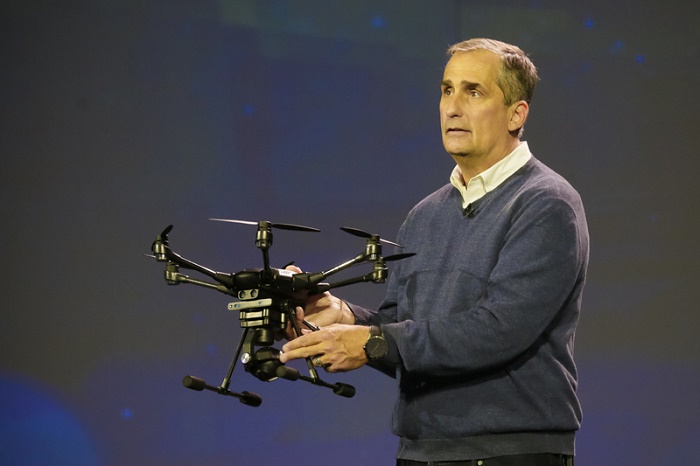 Together with the Chinese company NineBot, Intel showed a robot butler, which also actively uses RealSense. It is based on self-balancing two-wheeled scooter, developed by Segway, and can move independently, performing various tasks. The robot is able to identify the owner, and they are suitable for controlling the voice commands. In addition, the butler is built on an open platform, so third-party developers in the future will be able to offer many options for the use of home robots. 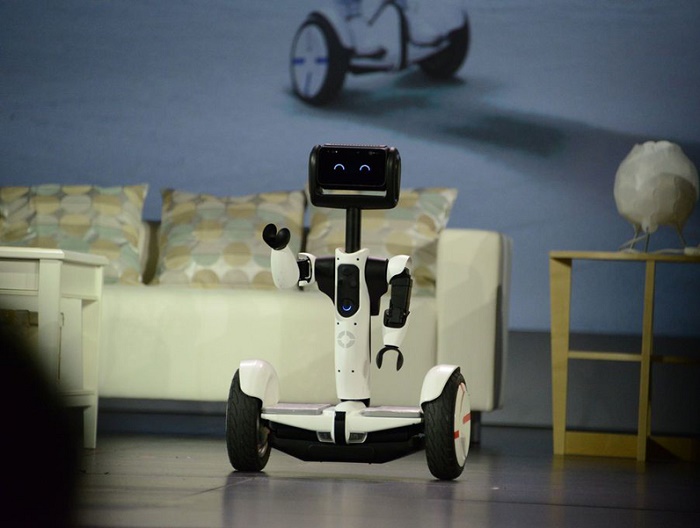 Intel strongly supports the sport direction . Together with Oakley goggles were designed smart Radar Pace for runners. They can monitor the activity level during training, study running technique and even to give voice recommendations in real-time to improve it. 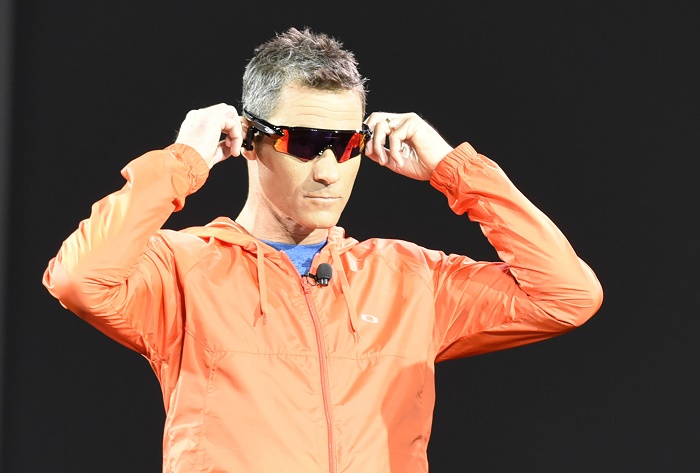 Intel will also work with the TV channel ESPN, which will cover sports events in 2016 Winter X Games. Tiny computer module Intel Curie will be installed on a snowboard athletes, which will collect data on the height of jumps, spins and landing force that will subsequently be reflected in the statistics of the participants. 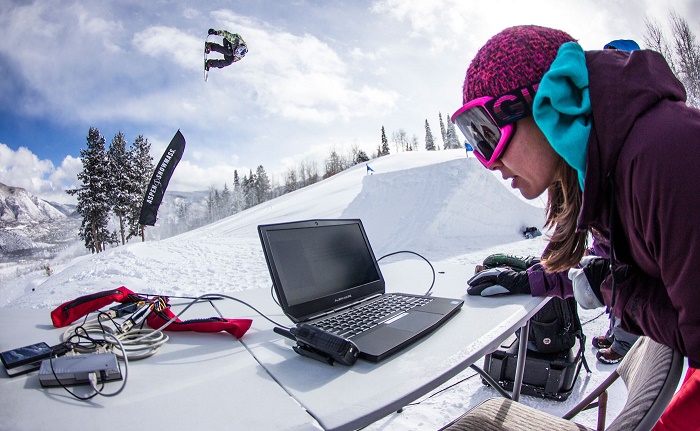 Perhaps the most unusual exhibit was a special evening dress, in which the module is installed Curie and sensors that determine the adrenaline in the blood. interwoven strips of carbon fiber - are added or expanded in response to changes in hormone levels. The dress is just a demonstration of technology and it is unlikely that something like that will appear on the fashionistas in the foreseeable future. 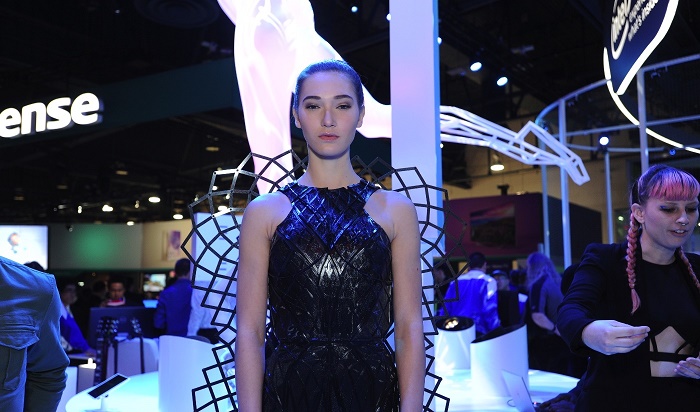 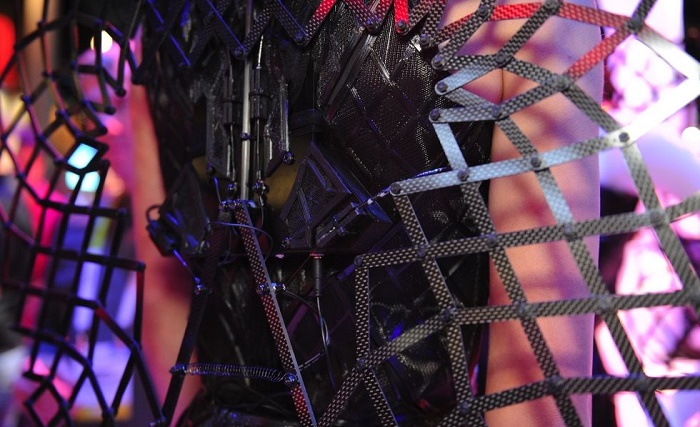 Related Products : | ||
|
|
||
|
xtreview is your : Video card - cpu - memory - Hard drive - power supply unit source |
|
|
|
|
||
|
Xtreview Support  N-Post:xxxx Xtreview Support        |
AT CES 2016 INTEL HAS PAID ATTENTION TO DRONES, ROBOTS AND WEARABLE ELECTRONICS |
| Please Feel Free to write any Comment; Thanks  |
The motherboard manufacturer confirms the characteristics of the processors Coffee Lake (2017-09-08)
AMD itself would like to believe that mobile processors Ryzen have already been released (2017-09-08)
The older Skylake processors with a free multiplier are removed from production (2017-09-07)
AMD Bristol Ridge processors are also available in American retail (2017-09-07)
The six-core processor Intel Coffee Lake lit up at a Chinese auction (2017-09-06)
AMD processors with Zen architecture of the second generation will raise frequencies and specific performance (2017-09-05)
The six-core processor Intel Coffee Lake has conquered the frequency of 5.0 GHz (2017-09-05)
On the Germans, AMD Ryzen Threadripper processors produced a predominantly positive impression (2017-09-04)
Japanese sellers have lowered prices for Radeon RX Vega 64 (2017-09-04)
Retail boxed versions of economical processors Bristol Ridge (2017-09-03)
MediaTek announces 8-core 16-nm mobile chips Helio P23 and Helio P30 (2017-08-30)
hype around the prices for Radeon RX Vega helps only competitors (2017-08-30)
Sony reduces the cost of PlayStation VR kits (2017-08-29)
Analysts at Bernstein believe that Apples augmented reality glasses could lead the company to success (2017-08-28)
A new round of video card price hike is triggered by a rise in prices for memory chips (2017-08-28)
dual-processor video card GeForce GTX 560 Ti x2 (2017-08-27)
More recent AMD Ryzen processors do not annoy Linux users with problems (2017-08-26)
Updated chipset drivers for AMD Ryzen and Ryzen Threadripper processors (2017-08-26)
Intel stops supplying Xeon Phi 7200 Knights Landing coprocessors (2017-08-26)
Expansion of 10-nm Intel processors range will be on 2018 (2017-08-24)
![]()
To figure out your best laptops .Welcome to XTreview.com. Here u can find a complete computer hardware guide and laptop rating .More than 500 reviews of modern PC to understand the basic architecture


7600gt review
7600gt is the middle card range.
We already benchmarked this video card and found that ...

 geforce 8800gtx and 8800gts
geforce 8800gtx and 8800gts  Xtreview software download Section
Xtreview software download Section  AMD TURION 64 X2 REVIEW
AMD TURION 64 X2 REVIEW  INTEL PENTIUM D 920 , INTEL PENTIUM D 930
INTEL PENTIUM D 920 , INTEL PENTIUM D 930  6800XT REVIEW
6800XT REVIEW  computer hardware REVIEW
computer hardware REVIEW  INTEL CONROE CORE DUO 2 REVIEW VS AMD AM2
INTEL CONROE CORE DUO 2 REVIEW VS AMD AM2  INTEL PENTIUM D 805 INTEL D805
INTEL PENTIUM D 805 INTEL D805  Free desktop wallpaper
Free desktop wallpaper  online fighting game
online fighting game  Xtreview price comparison center
Xtreview price comparison center Lastest 15 Reviews


Rss Feeds
Last News
- The new version of GPU-Z finally kills the belief in the miracle of Vega transformation
- The motherboard manufacturer confirms the characteristics of the processors Coffee Lake
- We are looking for copper coolers on NVIDIA Volta computing accelerators
- Unofficially about Intels plans to release 300-series chipset
- The Japanese representation of AMD offered monetary compensation to the first buyers of Ryzen Threadripper
- This year will not be released more than 45 million motherboards
- TSMC denies the presentation of charges from the antimonopoly authorities
- Radeon RX Vega 64 at frequencies 1802-1000 MHz updated the record GPUPI 1B
- AMD itself would like to believe that mobile processors Ryzen have already been released
- AMD Vega 20 will find application in accelerating computations
- Pre-orders for new iPhone start next week
- Radeon RX Vega 57, 58 and 59: the wonders of transformation
- ASML starts commercial delivery of EUV-scanners
- The older Skylake processors with a free multiplier are removed from production
- Meizu will release Android-smartphone based on Helio P40
- AMD Bristol Ridge processors are also available in American retail
- The fate of Toshiba Memory can be solved to the next environment
- duo GeForce GTX 1080 Ti in GPUPI 1B at frequencies of 2480-10320 MHz
- New Kentsfield overclocking record up to 5204 MHz
- Lenovo released Android-smartphone K8

HALO 3 HALO 3 - Final Fight!

PREY Prey is something you don t often see anymore: a totally unigue shooter experience.

computer news computer parts review Old Forum Downloads New Forum Login Join Articles terms Hardware blog Sitemap Get Freebies


